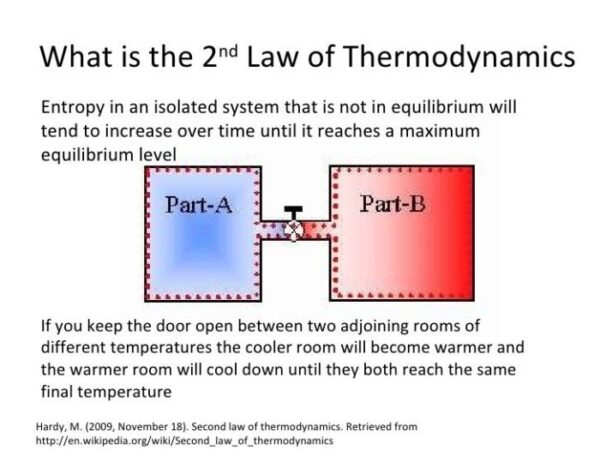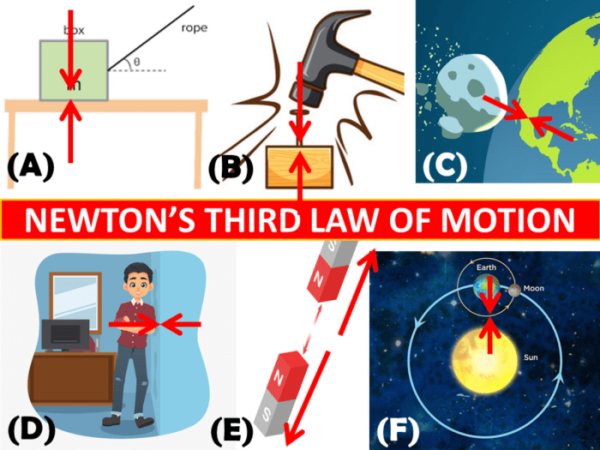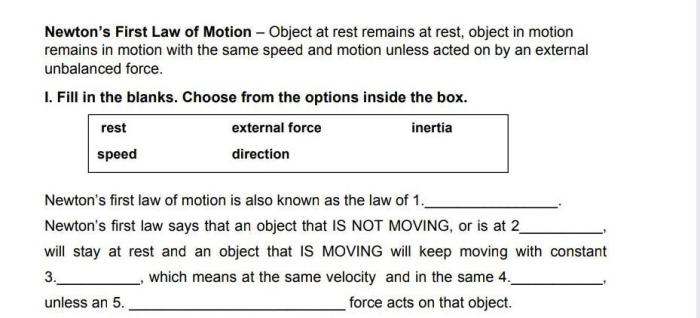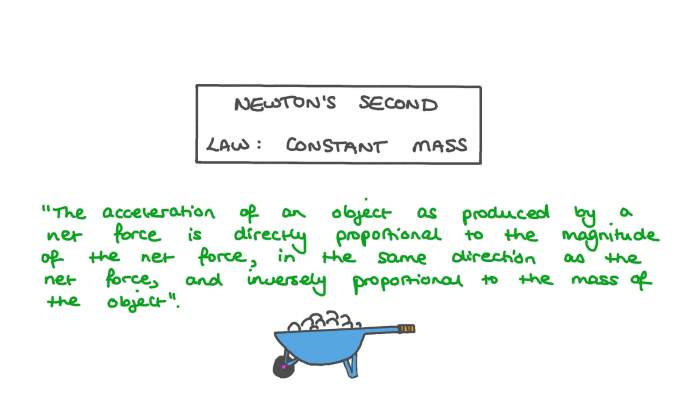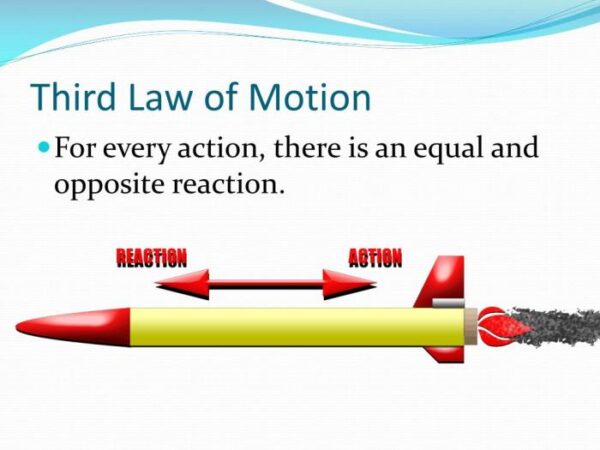
What is Newton’s gravitational law? This fundamental law, discovered by Sir Isaac Newton, describes the force of attraction between any two objects with mass. It’s a cornerstone of physics, explaining everything from the apple falling from a tree to the orbits of planets around the sun.
Newton’s law of universal gravitation states that every particle in the universe attracts every other particle with a force that is proportional to the product of their masses and inversely proportional to the square of the distance between their centers. This simple yet profound law has revolutionized our understanding of the universe and continues to play a crucial role in various fields like astronomy, physics, and engineering.
Introduction to Newton’s Law of Universal Gravitation
Newton’s Law of Universal Gravitation, a cornerstone of classical physics, describes the fundamental force of attraction between any two objects with mass. This law, formulated by Sir Isaac Newton in the late 17th century, revolutionized our understanding of the universe, explaining everything from the fall of an apple to the orbits of planets around the sun.
Historical Context of Newton’s Discovery
Newton’s groundbreaking discovery was not a sudden revelation but rather the culmination of centuries of scientific inquiry. Early Greek philosophers, like Aristotle, had proposed ideas about gravity, but it was Johannes Kepler’s meticulous observations of planetary motion that provided the crucial data that Newton needed. Kepler’s three laws of planetary motion described the elliptical orbits of planets, their varying speeds, and the relationship between their orbital periods and distances from the sun. These laws, coupled with Newton’s own genius and his development of calculus, led him to formulate his universal law of gravitation.
Significance of Newton’s Law of Universal Gravitation
Newton’s law of universal gravitation was a monumental achievement, unifying celestial and terrestrial mechanics. It demonstrated that the same force that causes an apple to fall to the ground also governs the motion of the moon around the Earth and the planets around the sun. This realization fundamentally changed our perception of the universe, showing that it operates according to a set of universal laws. Furthermore, Newton’s law provided a powerful tool for understanding and predicting the motion of objects in the universe. It enabled scientists to calculate the orbits of planets, comets, and satellites, and to understand the tides, the shape of the Earth, and the gravitational forces within galaxies.
Everyday Phenomena Explained by Newton’s Law
Newton’s law of universal gravitation is not just a theoretical concept; it explains many everyday phenomena we experience. Here are a few examples:
- The force that pulls us towards the Earth, keeping our feet firmly on the ground, is gravity.
- The tides are caused by the gravitational pull of the moon and the sun on the Earth’s oceans.
- The flight of a ball thrown into the air is affected by gravity, which pulls it back down to the ground.
- The orbits of satellites around the Earth are governed by gravity, which keeps them in their designated paths.
The Law’s Mathematical Formulation
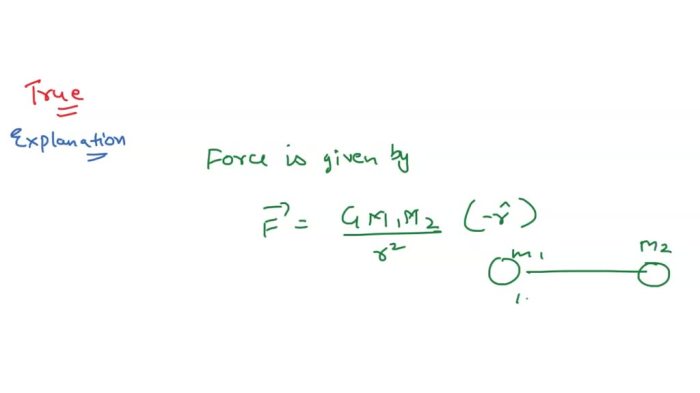
Newton’s law of universal gravitation can be expressed mathematically, providing a precise way to calculate the gravitational force between any two objects. This equation allows us to understand and predict the gravitational interactions between objects in the universe, from planets to stars to galaxies.
The Equation
The force of gravity (F) between two objects is directly proportional to the product of their masses (m1 and m2) and inversely proportional to the square of the distance (r) between their centers. This relationship is represented by the following equation:
F = G * (m1 * m2) / r2
Variables and Units
- F: The force of gravity, measured in Newtons (N). One Newton is the force required to accelerate a 1 kg mass at 1 m/s2.
- G: The gravitational constant, a fundamental constant of nature that determines the strength of gravity. Its value is approximately 6.674 × 10-11 N m2/kg2.
- m1: The mass of the first object, measured in kilograms (kg).
- m2: The mass of the second object, measured in kilograms (kg).
- r: The distance between the centers of the two objects, measured in meters (m).
The Gravitational Constant
The gravitational constant (G) is a fundamental constant that plays a crucial role in determining the strength of the gravitational force. It is a universal constant, meaning it is the same throughout the universe. The value of G was first accurately determined by Henry Cavendish in the late 18th century using a torsion balance. The gravitational constant is a very small number, indicating that the force of gravity is relatively weak compared to other fundamental forces, such as the electromagnetic force. However, gravity’s influence is significant over large distances, making it the dominant force in the universe on a cosmic scale.
Applications of Newton’s Law: What Is Newton’s Gravitational Law
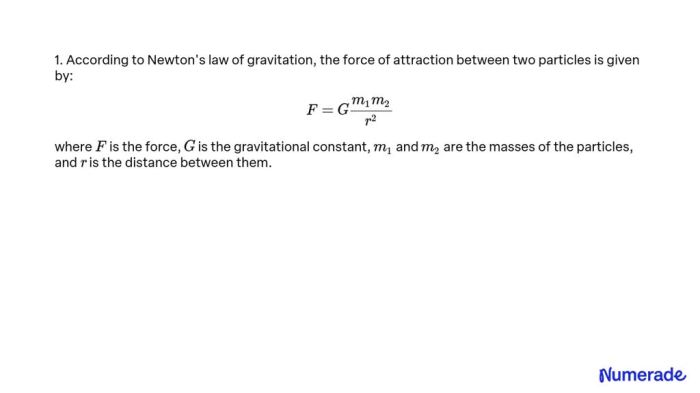
Newton’s Law of Universal Gravitation is a fundamental principle in physics that describes the force of attraction between any two objects with mass. This law has wide-ranging applications across various fields, including astronomy, physics, and engineering.
Applications in Astronomy
The gravitational force between celestial bodies is the primary force that governs their motion. Newton’s Law is crucial for understanding and predicting the movements of planets, stars, galaxies, and other celestial objects.
- Calculating the gravitational force between celestial bodies: Using the formula for Newton’s Law, astronomers can calculate the gravitational force between any two celestial bodies, such as the Sun and Earth, or two stars in a binary system. This allows them to predict the orbits of these bodies and understand their interactions.
- Predicting the orbits of planets and satellites: Newton’s Law is essential for understanding the motion of planets around the Sun and the orbits of satellites around Earth. By applying the law, scientists can calculate the orbital period, eccentricity, and other parameters of celestial bodies. For example, using Newton’s Law, scientists can predict the exact time when a comet will return to the inner solar system after a long journey in the outer regions.
- Studying the formation and evolution of galaxies: Newton’s Law plays a vital role in understanding the formation and evolution of galaxies. The gravitational force between stars and gas clouds is crucial in the formation of galaxies, and the law helps to explain how galaxies interact and evolve over time.
Applications in Physics, What is newton’s gravitational law
Newton’s Law of Universal Gravitation is a cornerstone of classical physics, providing a framework for understanding various physical phenomena.
- Explaining the tides: The gravitational pull of the Moon and the Sun on Earth’s oceans causes the tides. Newton’s Law helps to explain the variation in tidal heights and the occurrence of high and low tides.
- Understanding the acceleration due to gravity: The acceleration due to gravity, denoted by ‘g’, is a constant value on Earth’s surface. Newton’s Law helps to explain why this value is constant and how it varies with altitude or depth.
- Studying the behavior of black holes: Black holes are regions of spacetime where gravity is so strong that nothing, not even light, can escape. Newton’s Law provides a theoretical framework for understanding the properties of black holes, although Einstein’s theory of general relativity is more accurate in describing these extreme objects.
Applications in Engineering
Newton’s Law of Universal Gravitation finds applications in various engineering disciplines, particularly in the design and operation of spacecraft and satellites.
- Designing spacecraft and satellites: Engineers use Newton’s Law to calculate the gravitational force acting on spacecraft and satellites during launch, orbit, and re-entry. This information is crucial for determining the required thrust, fuel consumption, and orbital parameters for successful space missions.
- Optimizing satellite orbits: Engineers use Newton’s Law to optimize satellite orbits, ensuring that they remain in a stable and predictable path. This is essential for communication, navigation, and Earth observation satellites.
- Planning space missions: Newton’s Law is used to plan trajectories for space missions, including interplanetary travel and rendezvous with other celestial bodies. This involves calculating the required delta-v (change in velocity) and the timing of maneuvers to achieve the desired destination.
Limitations of Newton’s Law
While Newton’s Law of Universal Gravitation accurately describes the gravitational interaction between objects in many everyday situations, it has limitations when dealing with extreme gravitational conditions or objects moving at very high speeds.
The Need for Einstein’s Theory of General Relativity
Einstein’s theory of general relativity, proposed in 1915, provides a more comprehensive understanding of gravity, especially in extreme situations where Newton’s law breaks down.
Einstein’s theory of general relativity is a geometric theory of gravitation that describes gravity as a consequence of the curvature of spacetime caused by the distribution of mass and energy.
Einstein’s theory explains phenomena that Newton’s law cannot, such as:
* The bending of light around massive objects: Newton’s law predicts that light should travel in straight lines, but Einstein’s theory shows that gravity can bend the path of light. This phenomenon has been observed during solar eclipses, where starlight is deflected by the Sun’s gravity.
* The precession of Mercury’s perihelion: Mercury’s orbit around the Sun is not perfectly elliptical, but exhibits a slow precession, or shift, of its perihelion (the point in its orbit closest to the Sun). Newton’s law cannot fully explain this precession, but Einstein’s theory accurately predicts it.
* Gravitational time dilation: Einstein’s theory predicts that time slows down in strong gravitational fields. This phenomenon has been experimentally verified using atomic clocks.
* Black holes: Einstein’s theory predicts the existence of black holes, objects so dense that their gravitational pull is so strong that nothing, not even light, can escape.
Comparing Newton’s Law and Einstein’s Theory
| Feature | Newton’s Law | Einstein’s Theory |
|---|---|---|
| Nature of Gravity | Force of attraction between objects with mass | Curvature of spacetime caused by mass and energy |
| Scope | Applies to everyday situations, weak gravitational fields, and low speeds | Applies to all situations, including strong gravitational fields and high speeds |
| Predictions | Predicts gravitational attraction, planetary orbits, and tides | Predicts gravitational lensing, black holes, gravitational waves, and time dilation |
| Mathematical Complexity | Relatively simple mathematical formulation | More complex mathematical framework |
Last Recap

Newton’s law of gravitation, while remarkably successful in explaining many celestial phenomena, has its limitations. For instance, it doesn’t accurately describe the behavior of gravity in extreme situations like near black holes or at extremely high speeds. Einstein’s theory of general relativity provides a more comprehensive understanding of gravity, but Newton’s law remains an essential tool for understanding the universe and its workings.
Essential Questionnaire
What are some everyday examples of Newton’s law of gravitation?
We experience gravity every day! A ball thrown upwards falls back down, objects roll downhill, and the Earth’s gravity keeps us grounded. These are all examples of Newton’s law of gravitation in action.
Why is Newton’s law called the “law of universal gravitation”?
It’s called “universal” because it applies to all objects in the universe, regardless of their size or composition. From tiny particles to massive stars, everything is subject to the force of gravity.
How did Newton discover the law of gravitation?
Legend has it that Newton was inspired by an apple falling from a tree. While this story might be apocryphal, it highlights the idea that he was observing the world around him and seeking explanations for its workings.

